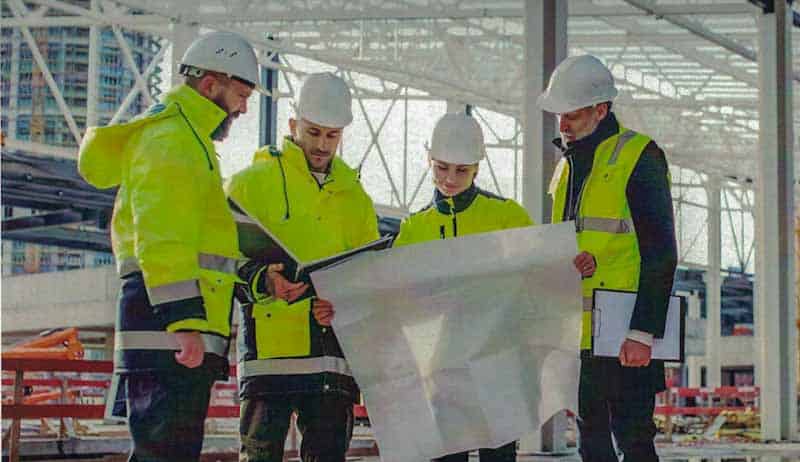Recently, the “right to disconnect” gained some prominence in Australia. This right, now legislated, allows employees and workers to choose not to respond to employer communications outside of contracted working hours. This was part of recognising that time away from work allows one to focus on non-work matters like family, socialising, mental relaxation, and more.
According to much mainstream media and the statements and lobbying of various business associations, the sky would fall (a phrase that appears with any proposed change that business groups do not like). A significant change has not happened, and the sky has not fallen. At a recent labour law conference, Fair Work Commission President Adam Hatcher described the publicity as overblown.







